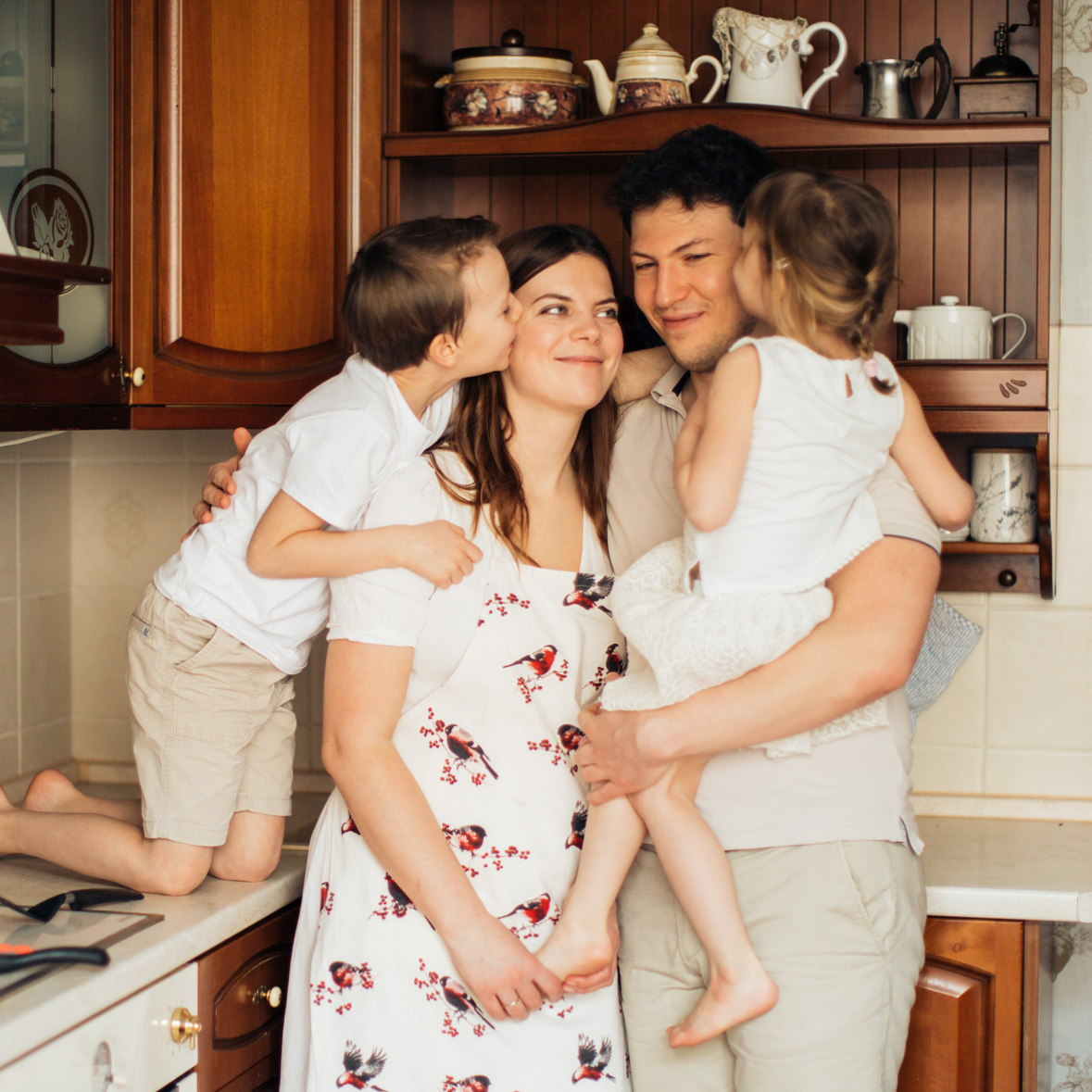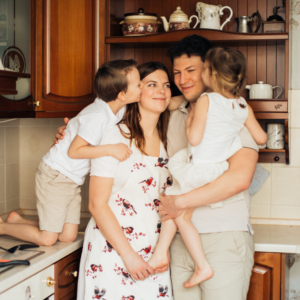
If you want a happy marriage, one of the simplest, most effective ways to get there is to spend time connecting with your spouse every day.
It’s such a simple marriage hack that many couples who come to the Pastoral Solutions Institute are initially skeptical of the recommendation, according to Dr. Greg Popcak.
“You’d be surprised by how many couples are downright disappointed to think that something as simple as having dinner together four times a week and instituting a weekly date could change so much,” he writes in his book, How to Heal Your Marriage: And Nurture Lasting Love. Just as strong bones support a healthy body, he says, regular “rituals of connection” are essential for supporting a healthy relationship.
The importance of regular rituals of connection for strengthening a relationship is well documented in more than six decades of research. Couples who find time to regularly work, talk, play, and pray together report much higher levels of satisfaction across every aspect of their lives than those who do not. They are much less likely to run into problems with their relationship, too.
That research has been backed up time and time again by the experience of the counselors at the Pastoral Solutions Institute.
“I had a couple that started counseling due to a number of communication struggles,” says Robert Taylor, MS, MSW, LCSW. “When I asked them to start small with the rituals of connection, they began with a simple, quick morning prayer ritual that eventually expanded to some brief talk time to check in with each other on the needs of the day.”
Over time, this practice helped the couple to be more in tune with one another and greatly reduced the resentment that had built up due to their lack of connection, he said.
Happy Couples Prioritize Time Together
The main reason many couples object to these rituals of connection is their perception that they don’t have the time to fit them in, said Dave McClow, M.Div., LCSW, LMFT: “Usually, the big objection or complaint is: ‘We’re too busy!’”
These couples are often trying to find “extra” time to connect in their busy schedules. But happy couples do just the opposite: they prioritize their time together, and then work out the rest of their schedule.
It doesn’t need to be complicated, McClow said. “I ask couples to break it down into a five- or ten-minute activity and tie it to something they are already doing, like meals or bedtime,” he said. “That makes it more doable, and they don’t have to create another space in the schedule.”
Don’t Divide Up the Day’s Work; Do It Together
Working on things together rather than dividing up the day’s work is often a good way for couples to spend more time together, said Judi Phillips, MS, LMHC.
She once counseled a busy couple with high-powered jobs and three small children.
“When I first suggested rituals of connection to them, they said, ‘Judi, you’re crazy, there is no way!’” she recalled. “So, I talked with them about how they could use the ways in which they were already together to be more intentional in their connections.”
Instead of taking their usual approach of dividing and conquering the work of putting the kids to bed, for instance, they did it together. Then, after the children were in bed, they made sure to have meaningful conversations not related to the logistics of the day. They shared something interesting they had seen or read during the day and shared their thoughts about it.
Those simple commitments had an almost magical effect on their relationship.
“They came back and reported to me that they felt more connected to one another than ever,” Phillips said. Instead of seeing these times of connection as one more thing to do, they actually began looking forward to them. Plus, they found themselves giving one another more leeway when one of them was irritable or defensive.
In the end, the couple became really committed to these regular opportunities to connect, Phillips said: “They said there was no way they would ever let it go because they found how it so significantly and positively influenced their relationship.”
You can learn more about marital rituals of connection in How to Heal Your Marriage: And Nurture Lasting Love. Or, if you need more one-on-one relationship counseling, reach out to the Catholic counselors of the Pastoral Solutions Institute.














